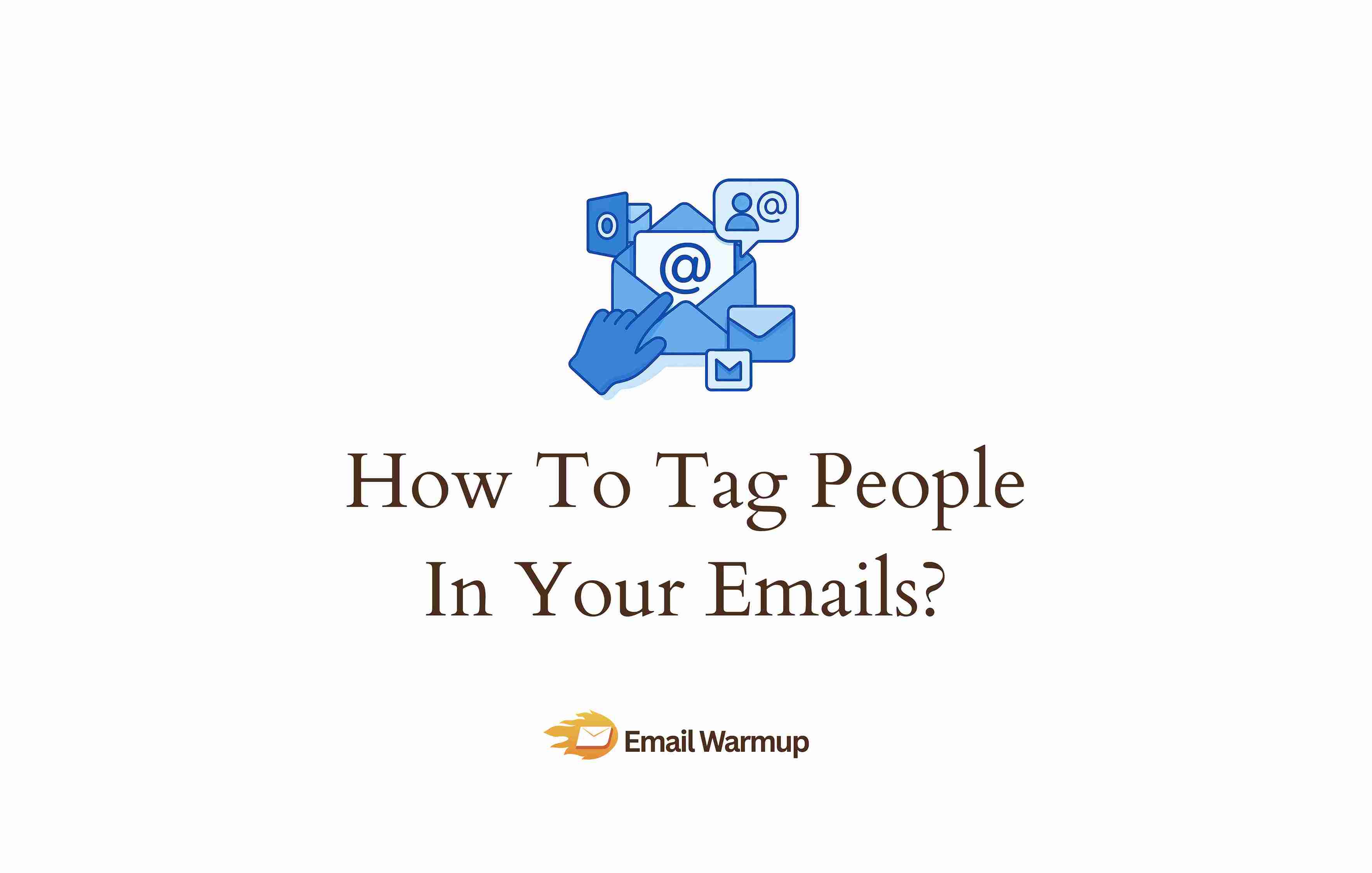
“Tagging people” in emails means two different things depending on your goal — and mixing them up wastes time.
@mentions (like @John Smith) pull a specific person’s attention to your message.
When you type @ followed by someone’s name in the email body, they’re automatically added to the “To:” line. In Outlook, they’ll see an @ symbol next to the message in their inbox (Gmail doesn’t show this indicator).
Organizational tags (Labels, Categories, Flags) help you sort and filter emails.
They don’t notify anyone — they just categorize messages for your own inbox management. If you’re looking for that, check out our guide on Outlook email tagging.
Here’s how the two compare:
| Feature | @Mentions | Organizational tags |
| Purpose | Get someone’s attention | Sort your own emails |
| Who sees it | Everyone on the thread | Only you |
| Result | Person added to “To:” line (Outlook shows @ symbol in inbox) | Email gets a label/color for filtering |
How to @mention people in emails
This feature works best in Outlook and Gmail (Apple Mail doesn’t support @mentions yet).
In Outlook
Start typing @ followed by the person’s name in the email body.
Outlook shows matching contacts as you type — click the right one.
The person is automatically added to the “To:” field, and they’ll see an @ symbol next to your message (if they also use Outlook or Exchange).
In Gmail
Type @ or + followed by the person’s name or email address.
Gmail suggests matching contacts — select the one you need.
They are added to the recipient’s list automatically, but Gmail doesn’t display a special @ icon in the inbox (that’s an Outlook feature).
The auto-add behavior works regardless of what email provider the recipient uses.
The special inbox indicators (like Outlook’s @ column) only appear if the recipient also uses a supported Outlook or Exchange account. Gmail doesn’t have a dedicated @ indicator at all.
When @mentions actually help
Use @mentions when you need someone’s eyes on a message buried in a group thread. They’re useful for:
- Directing a question to one person in a long email chain
- Flagging urgent items for specific team members
- Making sure someone sees your reply in a crowded inbox
Skip them for one-on-one emails (since the person is already the only recipient, tagging them adds nothing) or when everyone needs to pay equal attention.
Frequently asked questions
Here are some commonly asked questions on email tagging:
No separate notification—they just see an @ symbol next to the email in Outlook (if they use Outlook), or get added to recipients in Gmail.
Yes. They’ll be added as a recipient regardless of their provider. The only thing that’s platform-specific is the visual treatment—Outlook’s @ indicator only shows in Outlook.
Yes. Type @ (or + in Gmail) before each person’s name. They all get added to the recipient list.
Yes, you can @mention someone at any point in an email thread.
No. The @ symbol just draws attention — it doesn’t change priority flags or delivery.
Still struggling with email visibility?
If your emails aren’t reaching inboxes (whether you’re using @mentions or not), the fix isn’t better tagging — it’s better deliverability.
Our team handles the technical work (SPF, DKIM, DMARC, and sender reputation fixes) so that your messages actually reach the intended recipients.
Schedule a free 1-1 session with an email deliverability expert today.
